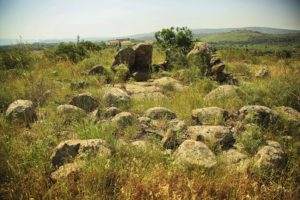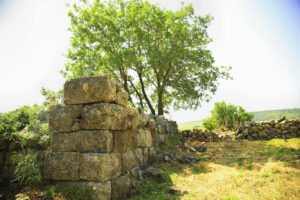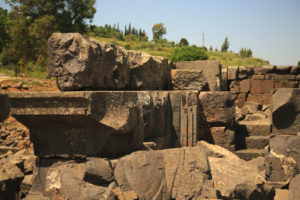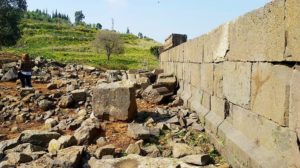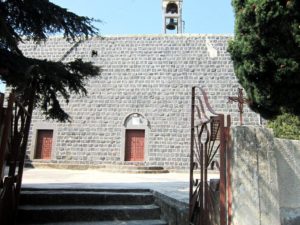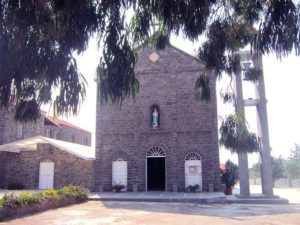CAZA:
Akkar 300m
300m Etymology:
Syriac origin, "Magnez", meaning "a hidden treasure"Located on a hill of Akkar, on the Lebanese-Syrian border, the small village of Menjez is distinguished by its black basalt stone, typical of the region, which gives it an unusual appearance in the Lebanese landscape. It houses historical and religious monuments including Maqam el-Rabb temple, built with the same stones, the remarkable church of Our Lady of the Fort, the ruins of a cross castle, Qalaat Felis, and 87 megalithic dolmens marking the site of historic graves dating from about 3000 BC. It overlooks a fertile valley, crossed by the river Nahr el-Kebir, and offers hiking opportunities in a unique rural setting.
Must-do things
- Mar Daniel church
- Saydet el-Qalaa historic convent
- 87 megalithic dolmens marking the site of historic graves dating from about 3000 BC
- Maqam el-Rabb (or Beit Jaalouk) temple in black basalt stone, dedicated to the goddess Nemesis
- The ruins of a Crusader castle, the Felix or the Felicium of the Hospitallers of Saint John of Jerusalem
- Basalt stone constructions, typical of the region
- Menjez river characterized by its natural pools
- Nahr el-Kebir river running through the border valley between Lebanon and Syria
- El-Horsh el-Assouad, a forest of laurels and oaks that stretches over 485.000 m2
- The fertile plains around the village
- Celebrations on September 8, for 3 days, on the occasion of the nativity of the Virgin
- The workshop of the Daoud brothers, sculptors known for their artworks made with the typical basaltic black stone
- The Roman remains of Maqam el-Rabb, near the village
- The labelled villages of Deir Jennine and Baino
- The labelled village of Al-Qobayat

